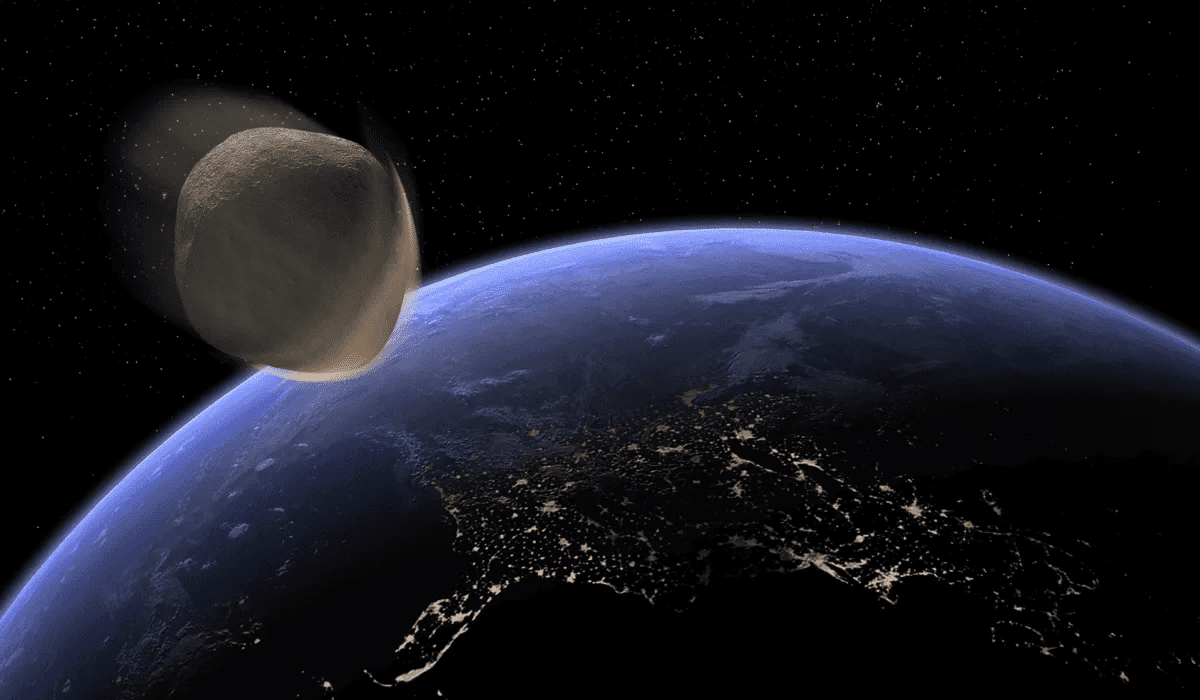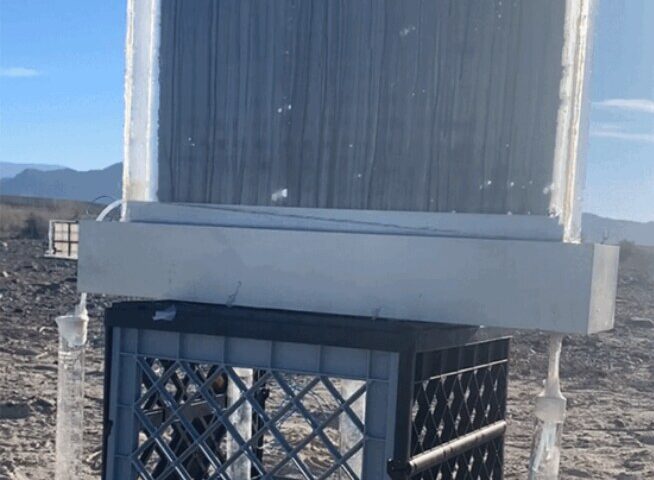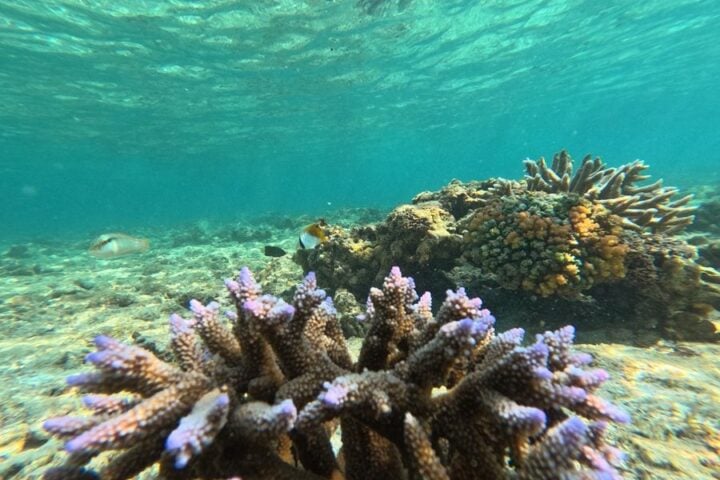Object 2023 DZ2, a Potentially Hazardous Object, will pass as close as 100,000 miles from Earth this weekend. The asteroid is nearly 140 to 310 feet across, and scientists will use this opportunity to practice asteroid threat response.
A professor at the University of Arizona’s Lunar and Planetary Laboratory, Vishnu Reddy, says the asteroid will serve as a stand-in for a scenario in which a space rock is actually headed towards Earth. Scientists want to use the learnings from this exercise to avert or reduce the risk of an impact and its possible aftermath.
The asteroid was recently spotted on February 27, and scientists studied the possibility of an impact on the planet in 2026 and later found that it will pass us by safely. Observing the asteroid using telescopes will provide valuable insights on its composition and density.
Scientists expect to know more about the composition of smaller near-Earth asteroids, which are much harder to spot than larger ones. Doctoral student David Cantillo mentioned that the goal is to study near-Earth asteroids that typically do not pose a threat. The close approach of Object 2023 DZ2 provides an extra timely opportunity to gather data for ongoing work.


















